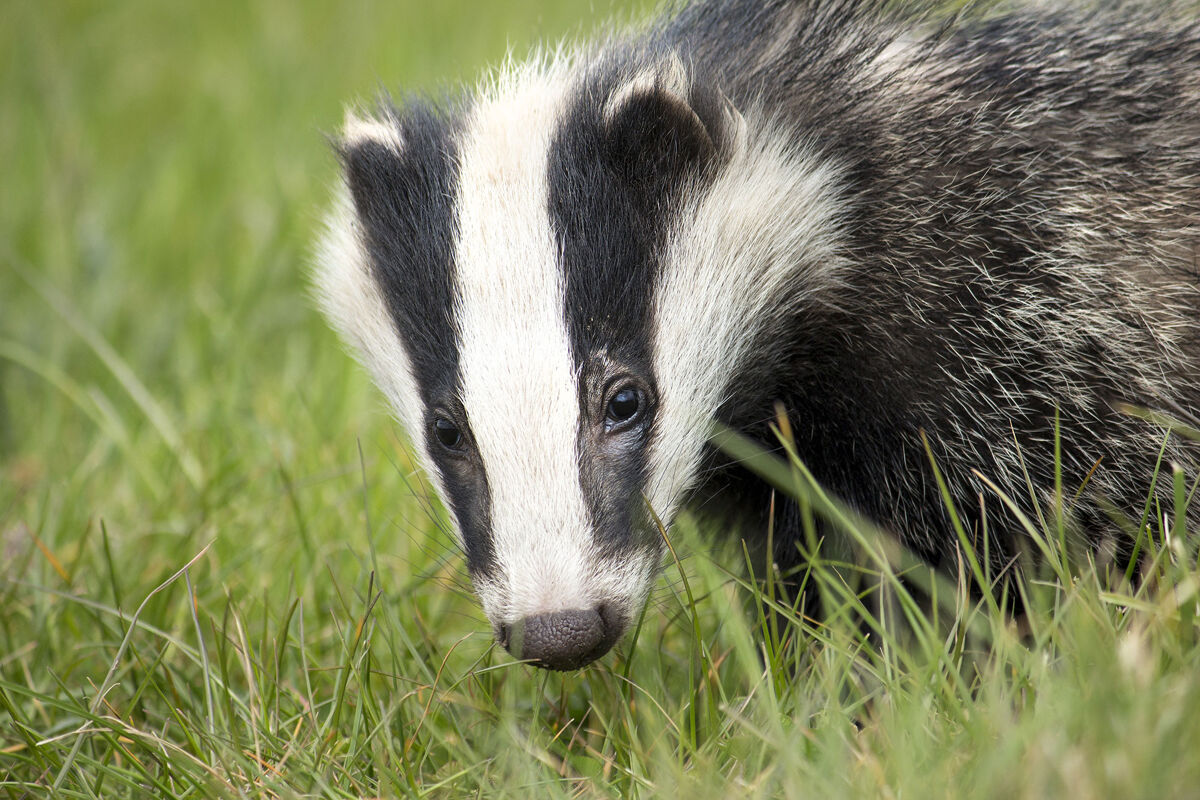Wildlife crime
Wildlife crime is often thought to occur in exotic places with people killing and trading in endangered species. However, it does happen in the UK and includes offences such as killing or disturbing protected species, damaging breeding and resting places and poaching. The problem is not limited to rural areas either.
What is wildlife crime?
Many wild animals are protected by law. It is illegal to buy, sell or harm them, yet the illegal wildlife trade still thrives, putting many wild animals in danger of cruelty and exploitation.
Whether someone kills a local swan or shoots a wild animal for its horns on the Plains of Africa, both are criminal offences.
Examples of wildlife crime include:
- Badger persecution - violence towards badgers, including badger-baiting.
- Bat persecution - disturbing, injuring or killing bats, and damaging or obstructing their roosts.
- Illegal trade of species - smuggling protected species and parts (such as tortoises, ivory and caviar).
- Freshwater Pearl Mussels - an endangered species it is an offence to kill, take or injure them.
- Poaching/coursing - Game, deer and fish illegally caught and sold.
- Raptor persecution - illegally trapping, poisoning or shooting wild birds and animals.
- Theft/disturbance of wild birds, their eggs and nests - stealing eggs, damaging or disrupting nests.
- Theft/disturbance of wild animals, plants or habitat - damaging or obstructing any place used for their shelter or protection.
- Animal cruelty - treating any wild mammal with intent to cause unnecessary suffering.
- Invasive species - non-native species that negatively impact our native species, health or economy.
- Hunting with dogs - certain forms of hunting with dogs is illegal since the Hunting Act 2004.
- European Protected Species - plants and animals (other than birds) that are protected by law throughout the European Union.
These crimes can push animal and plant species closer to extinction. Badger-baiting, the illegal use of poisons and traps and the illegal clearance of nesting sites are all crimes that cause unnecessary pain and suffering for local wildlife. World Animal Protection are leading the discussion about wildlife crime.
Why are we focusing on wildlife crime?
Those involved in wildlife crime in cities (like London) and rural areas are opportunistic offenders who do not commit these crimes on a regular basis but will if the opportunity arises, although there are many prolific offenders who engage in this crime on a regular basis.
Quite often, those involved in wildlife offences are known for their links to other types of crime including anti-social behaviour, violent crimes and other serious criminal activity.
The scale of wildlife crime across the UK and the rest of the world, including the damage and destruction to species and habitats is significant. The risks posed by the illicit trade in wildlife and wildlife products affects us all. We can all play a part in the prevention and detection of these criminals by giving information about them to us.
We are actively engaged in telling the public what signs to look for and by urging them to contact us anonymously we can tackle these criminal gangs head on. By tackling wildlife crime, we can also reduce rural crime across the UK.
How to report a wildlife crime
- Have you seen any suspicious activity or vehicles in your area?
- Have you found any animals that may have been taken or killed in suspicious circumstances?
- Do you have information which would assist in bringing these offenders to justice?
If there is a wildlife crime taking progress call the police on 999, or for a non-emergency call 101. If you want to give information about a wildlife crime anonymously, call us on 0800 555 111 or our anonymous online reporting form.
Find out more about wildlife crime
The London Map of Wildlife Crime has been developed by the Metropolitan Police Service in conjunction with World Animal Protection and the official environmental records centre for London - Greenspace Information for Greater London (GiGL).
This interactive map is comprised of sanitised intelligence data on wildlife crime supplied by the police and is updated monthly. Users can filter their view to see wildlife crime happening in their Borough monthly or annually and split by crime category.

Give information
Give information anonymously by phone on 0800 555 111 or online

Donate to us
Join our fight against crime by making us a donation today, and see how the money you give can help shape your community for the better.

Volunteer
Every year we stop thousands of crimes. Let’s help make communities safer together. Join us and start volunteering with your local Crimestoppers team today.
